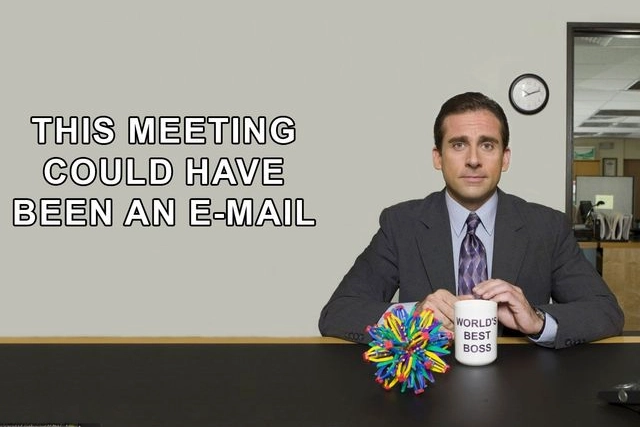24 Jun Effective Communication Techniques for Productive Meetings

Introduction
I’ve lost count of the useless meetings, wasted hours, and unproductive exchanges. Admit it, you too have attended meetings that could have been an email, meetings without an agenda, meetings where no one was prepared, or poorly conducted meetings. In short, the complete opposite of productive meetings. Meetings are often an opportunity to share ideas and discuss important topics, but it’s common for our plans and expectations to not materialize in reality. To conduct productive meetings, it’s essential to prepare a solid structure that will help achieve the set objectives and communicate clearly with the participants. In this article, I present a step-by-step guide to preparing a productive and effective meeting structure, based on my experience and observations, along with some practical tips.Effective Communication in Productive Meetings
Effective communication is not about forcing everyone to say “yes” or selling something to unwilling individuals. It’s rather about sharing your ideas clearly within the allocated meeting time. To achieve this, it’s crucial to establish an appropriate structure based on the available time and participants’ prior knowledge.Conscious Participation or Organization
There are two main reasons why meetings take place: either you want to present or discuss a topic with a few people, or someone believes your participation in a conference or meeting is necessary or beneficial. Each of these reasons requires a different preparation strategy.If You’re the Meeting Initiator
Start by asking yourself, “Why does this meeting need to happen?” It’s important to recognize that meetings take time and can disrupt participants’ individual work. To optimize the situation, invite only those individuals whose work is directly related to the main topic of the meeting. Prepare and share the agenda in advance, specifying the objectives and expected outcomes. Also, schedule time slots based on the number of participants and the agenda.If You’re Invited as a Participant
Request the agenda and meeting objectives in advance, in case this information is not provided to you. Clarify what would happen if you couldn’t attend and prepare your communication plan based on the allocated time. Familiarize yourself with available documentation related to the meeting topic to have prior knowledge and ask the right questions.Preparing the Communication Plan
Before diving into the meeting, ask yourself a few questions to clarify your vision and objective. Define what you want to achieve by participating in this meeting, how you arrived at the idea you wish to present, and why you consider this approach better than others. If you acknowledge weaknesses in your idea, think about the strategy to address them during the meeting.Conducting the Meeting
To ensure a smooth meeting flow and prepare for a productive meeting, keep the following elements in mind:💡 Clear and Transparent Objectives
Start by clearly stating the meeting objectives and ensure all participants understand them.🕓 Effective Time Management
Allocate a duration for each meeting topic and stick to it. If a topic takes longer than expected, consider deferring it to another meeting or sending a memo or summary of that topic. It’s often unnecessary to schedule long meetings. Setting a shorter meeting, if well-prepared, will encourage participants to be more efficient.💬 Encouraging Participation
Foster an inclusive environment where everyone feels comfortable sharing their ideas. Ask open-ended questions and encourage participants to express their opinions.🧩 Structuring the Presentation
Organize your presentation in a logical and clear manner. Use visual aids (such as the famous PowerPoint, or more dynamic tools like Prezi) to aid comprehension and illustrate your key points.👥 Maintaining Participant Engagement
Use questions to keep participants engaged throughout the meeting. Encourage them to highlight aspects they know better than you and express their expectations for upcoming slides or topics. Ask them to actively participate by reacting and asking relevant questions.🌟 Managing Context
Ensure that all participants understand the same concepts and terms used in the meeting. If necessary, provide additional explanations to avoid misunderstandings. Additionally, pay attention to users’ emotions and help stakeholders understand the emotional impact of your proposal. Being attentive to participants’ reactions and remarks is key to productive and effective meetings.Conclusion
Effective communication is essential for conducting productive meetings. By preparing a solid structure and using appropriate communication techniques, you can maximize the efficiency of your daily meetings. By keeping the tips presented in this article in mind, you’ll be able to foster active participant engagement and achieve the set objectives in your future meetings. And most importantly, remember that some meetings can easily be an email 😉Do you have a project? Let’s have a productive meeting 😉
But we can also call or exchange emails first!




